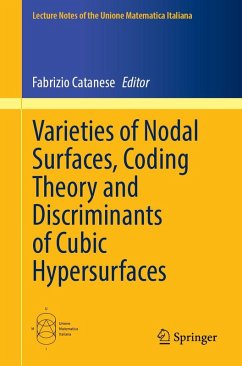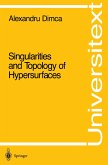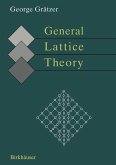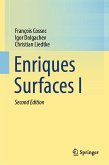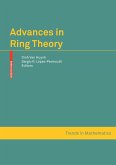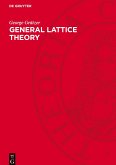This research book deals with some classical problems of algebraic geometry, notably the problem about the maximal number of singularities that a nodal variety can have, and the problem about the description of the components of the Severi varieties of nodal surfaces. A complete solution is found for nodal quartic surfaces in 3-space and for nodal K3 surfaces. New striking results are found also for quintic and sextic surfaces. The main focus of the book is the relation of nodal surfaces with binary coding theory, introduced by Beauville: two codes are attached to a nodal projective surface, which are invariants of these components, and in some cases determine them.
The book contains a very concrete introduction to binary coding theory and new applications of Nikulin's theory of primitive embeddings of lattices. The book contains also a thorough investigation of cubic hypersurfaces and their singularities, and the associated discriminant surfaces, providing new constructions for surfaces of degree 5 and 6 with the maximal number of nodes. A surprising relation is found between the Barth 65 nodal surface and the Doro-Hall graph. The book is addressed to algebraic geometers and experts of coding theory. It is also meant to be a source of many beautiful classical constructions, due to Kummer, Togliatti and others, which should be of interest to graduate students who want to get to know classical projective geometry.
The book contains a very concrete introduction to binary coding theory and new applications of Nikulin's theory of primitive embeddings of lattices. The book contains also a thorough investigation of cubic hypersurfaces and their singularities, and the associated discriminant surfaces, providing new constructions for surfaces of degree 5 and 6 with the maximal number of nodes. A surprising relation is found between the Barth 65 nodal surface and the Doro-Hall graph. The book is addressed to algebraic geometers and experts of coding theory. It is also meant to be a source of many beautiful classical constructions, due to Kummer, Togliatti and others, which should be of interest to graduate students who want to get to know classical projective geometry.

